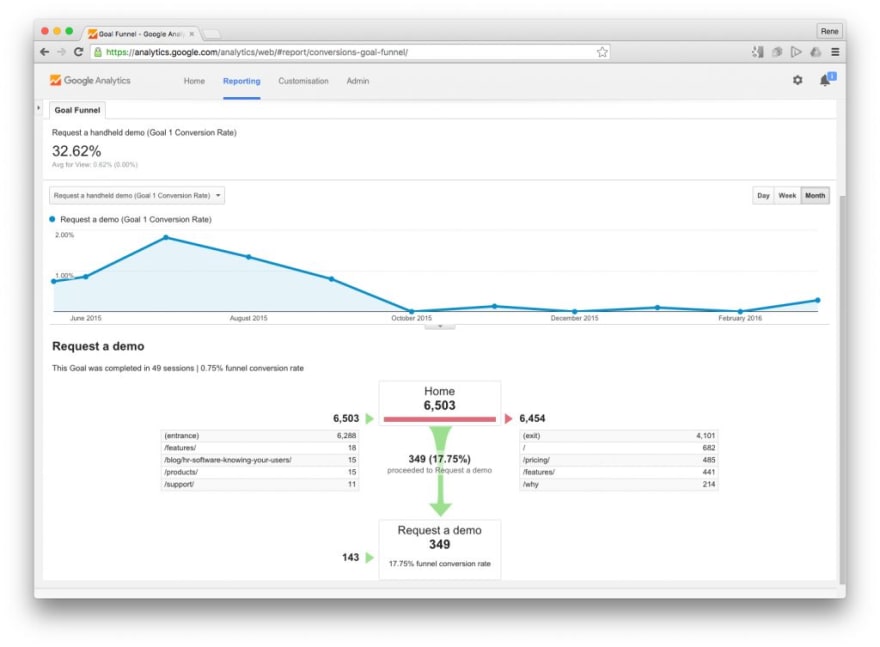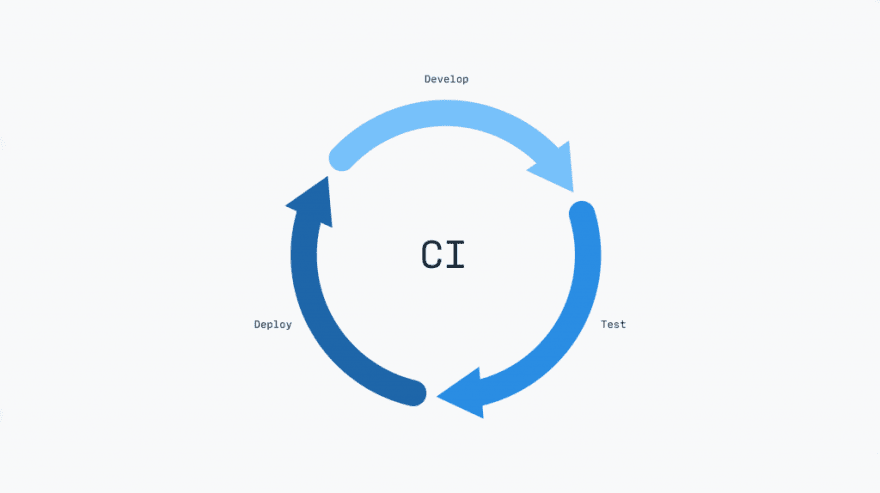Establishing a minimal viable product (MVP), getting it to market, and then building on it through a series of iterative improvements is now basically established practice when creating a new digital product. It’s an approach we insist upon here at Browser, and once we’ve explained its benefits in terms of usability, adoption, budgets and time to market, we usually find our clients are aligned with our thinking.
In this post, we’re going to explore the question of what an MVP is and dive deeper into the advantages the approach brings to a project.
What is an MVP?
MVP stands for minimum viable product. (Just to make things complicated, in the world of software development it also stands for Microsoft’s Most Valued Professional programme, while for the gamers out there it can stand for Most Valued Player, but that’s probably for another post.)
In a nutshell, an MVP is the release of a product in a version that has the minimum features to satisfy your customers. More features are to be added subsequently based on insights driven by customer feedback gained through the release.
In terms of a digital project, this means you’ll be looking at an earlier release with a reduced scope, and then driving the rest of the desired scope through further releases with the added benefit of insight into how your site, app, service or digital product is received in the real world by real users.
The dark days of pure waterfall
To properly explain the power of taking an MVP approach, we need to return to the digital projects of a few years ago and revisit the dark days of pure waterfall! 😱
In the past, most projects adhered to the waterfall methodology, which generally meant that software developers built more fully-featured solutions based on a detailed set of requirements.
While there would inevitably be project check-ins with work-in-progress demoed, there was still that point – the ‘ta-da’ moment and the ‘big reveal’ – when the development team would unveil the project output to the product team for the first time. The results of this could be great, but could also backfire, diverging from the original vision or building on misunderstandings fuelled by a lack of consultation with the product team during the long development process.

The development team could also have hit snags and issues, resulting in project over-runs; at worst, all the original budget may have been spent without a key part of the original scope being delivered.
The sheer length of some large-scale waterfall projects may have led to problems with timing. Perhaps the timing had been missed and the product delivered wasn’t quite as successful as if it had been launched six months before, or all your competitors had got there first with rival offerings.
And, worse of all, your product might have been released only to find customers actually just don’t like it that much, leaving the team wishing they had been able to do more testing with customers first.
Let’s hear it for the MVP
Thankfully, the dark days of the pure waterfall approach are largely over, and a more agile and iterative approach is being applied to most digital projects which mitigates many of the pitfalls describe above (sometimes this is agile with a small “a”, and not necessarily a fully implemented agile methodology). Here, the MVP approach is playing a substantial role along with other aspects such as user-centred design techniques like prototyping, better feedback cycles with product teams and customers and more user-focused mindsets from development teams.
Specifically, taking an MVP approach has some real benefits, particularly in giving teams insights so they don’t run before they walk. Let’s look at six specific advantages of MVPs.
1. Leveraging the power of real-world feedback
One of the most powerful advantages of an MVP is that you can leverage the power of real-world feedback from customers. However valuable a detailed pre-development discovery phase is, the real reaction of customers to your site, app, service or product will always trump it. The number of users using your site or app, how they actually use it and how they feel about it provides the best possible insight into how your digital output is received, allowing you to make necessary tweaks and improvements.
Feedback, analytics and adoption numbers can reveal insights that will surprise you, allowing you to better prioritise new features and even carry out more fundamental changes you may not have been anticipated without taking an MVP approach. Feedback can also build and inform your product roadmap and feature backlog; many product teams explicitly ask their customers for suggestions.

The extent to which feedback shapes a minimum viable product will depend on the nature of your offering, but it does mean you can accurately market test assumptions when you are starting, and even experiment. Over time, you can also evolve your offering to such an extent that the most successful, more mature version of your app, site or product may have little resemblance to your original MVP.
2. Faster time to market
Time to market is important. The world’s a pretty volatile place, and sometimes you need to react quickly to meet urgent needs or capitalise on opportunities. The digital behaviour and expectations of customers can also change very rapidly. Your competitors may even be rolling out new digital products at a scary speed.
Thankfully, an MVP approach significantly reduces your time to market and allows you to launch your offering early to drive revenue, build market share, boost brand awareness and advocacy, drive customer experiences and improve your product. A typical three-month MVP product cycle could give you up to an extra six months over a common nine-month waterfall product cycle, and those extra months could make all the difference.
3. Greater focus and clarity
Working on an MVP means that product teams need to prioritise the most important part of the build. They need to define what’s really important for users, separating the “must-haves” from the “nice to haves”, and the core features from the unnecessary bells and whistles. We repeatedly find that working on an MVP – and knowing that it will be launched soon – can prove to kickstart liberating thought processes, forcing a clear vision and greater focus for product teams and avoiding the navel-gazing and indecision that can come with the luxury of too much time. Instead, product decisions tend to be user-focused, and that means a better outcome for everybody.
4. *An MVP drives continuous improvement *
Continuous improvement of a site or app is the best path to product maturity, making sure it continues to resonate with customers and avoiding some of the risks and pitfalls that can come with too much development and change in one go. The MVP is an enabler of continuous improvement, establishing the first stage of the journey.
Many of our most successful projects are the result of working with a client over a prolonged period, developing apps and sites over time that keep on getting better and better, resulting in a great offering and having a halo effect on customer perceptions. And it all started with the MVP.
5. Better deployment of budget
It’s easy to rack up costs on a digital project, especially as the scope expands and features get added. This can make some budget holders nervous, especially if the need for a feature is unproven. Taking an MVP approach reduces the risk of adding expensive but unnecessary features which won’t resonate with customers. Because you are being guided by real-world customer feedback, your feature roadmap is already more closely aligned to what customers actually want and are prepared to pay for. A product built in this way means a better overall deployment of budget; more bang for your buck is a cliché, but in this case, it happens to be true.
6. Marketing insights and brand advocacy
Going with a minimum viable product approach doesn’t just help you improve your product, but also provides insights into how to market it to your customers, again using the real-world feedback that is being received. It allows you to build up relationships with customers and drive brand advocacy, especially if you can show how feedback and input from your customers is driving product improvements and defining your feature backlog and roadmap.
When customers feel valued and know they can influence your offering beyond its MVP stage, it presents opportunities to build up a loyal and powerful customer base whose endorsement and advocacy can drive growth and sales.
Never run before you can walk
An MVP approach delivers real value for both your product and your product team. The customer insight and opportunity that comes with the early release of an MVP produces long-term benefits. In our view, developing an MVP is a no-brainer and is central to our project planning.
The post Don’t run before you can walk: The benefits of an MVP build appeared first on Browser London.




Top comments (0)